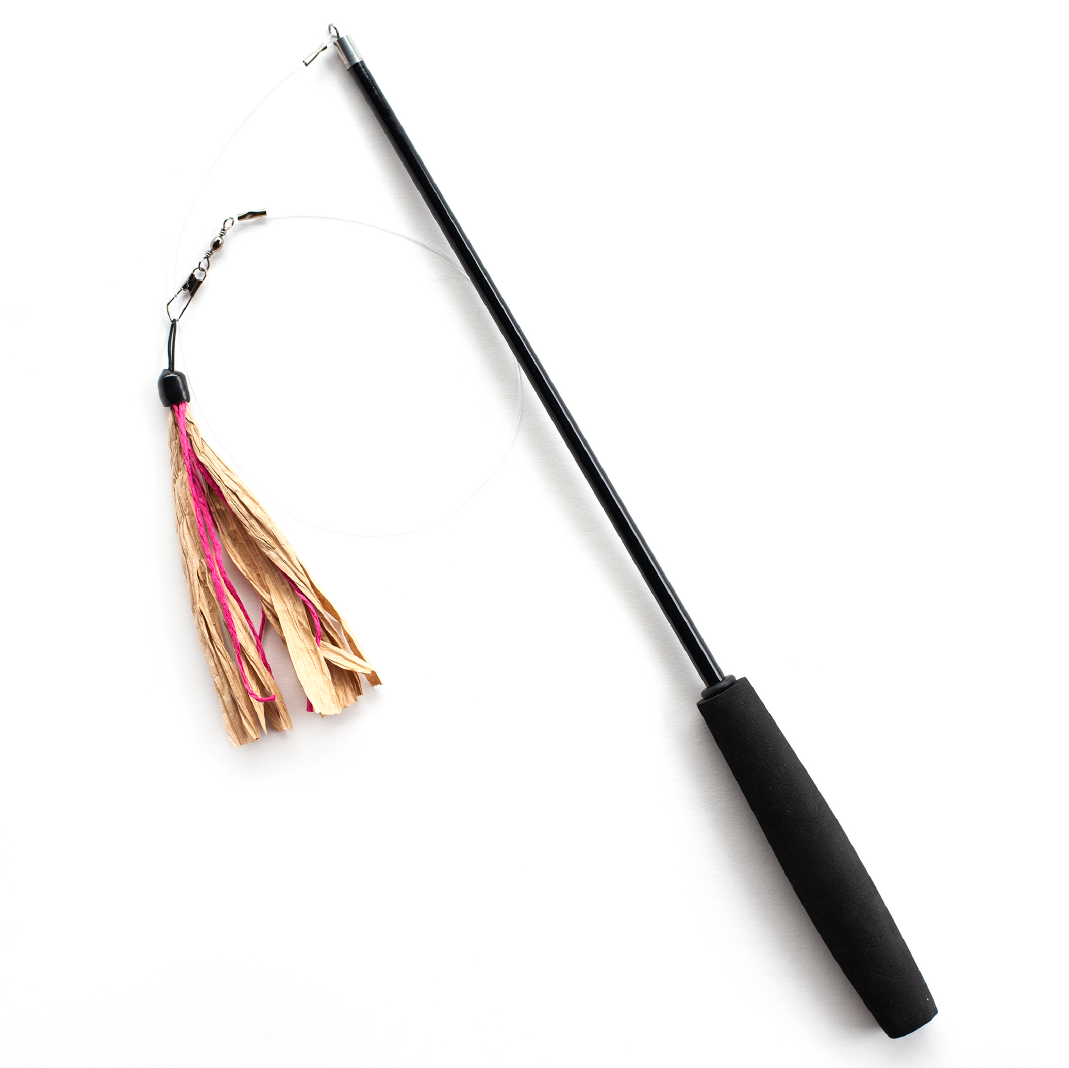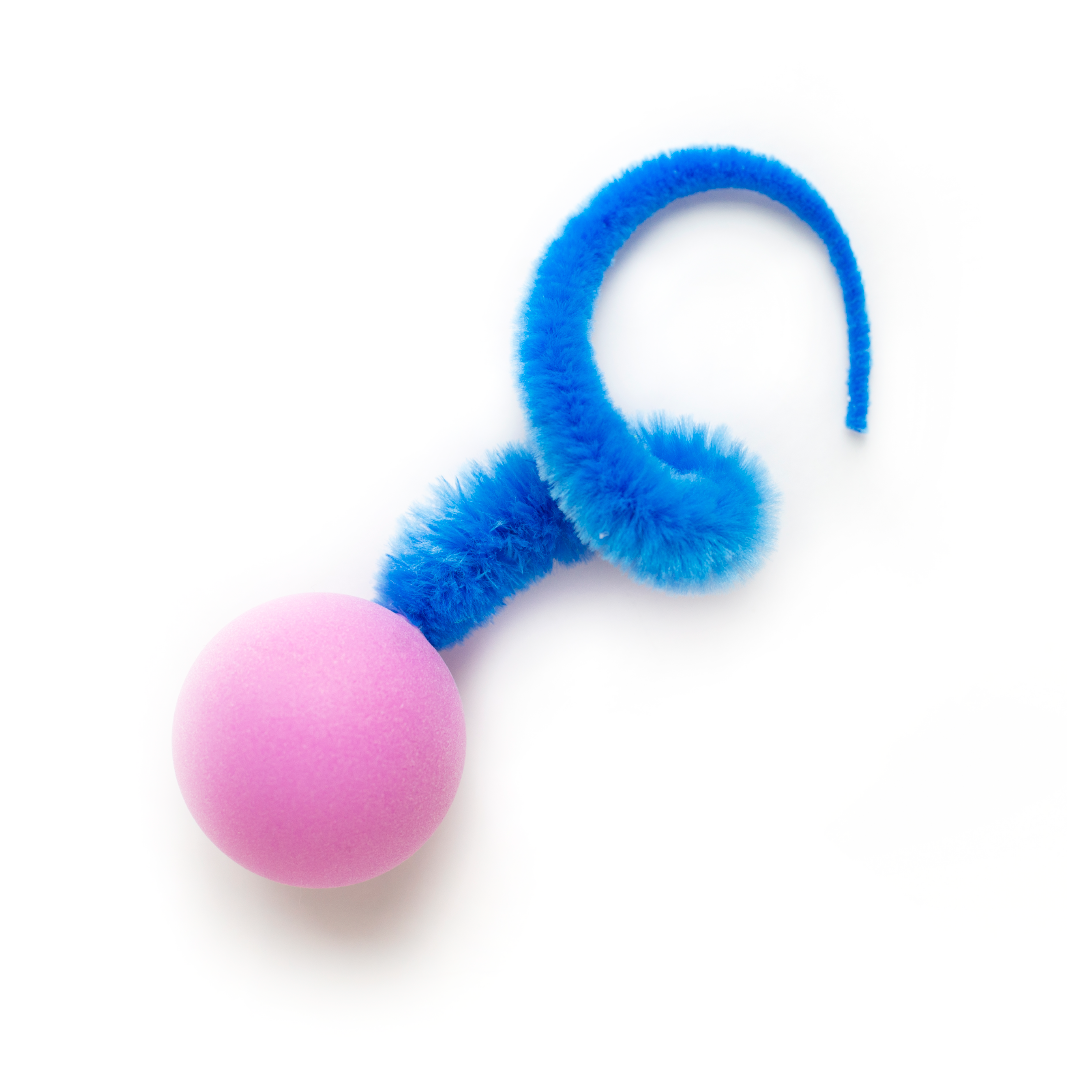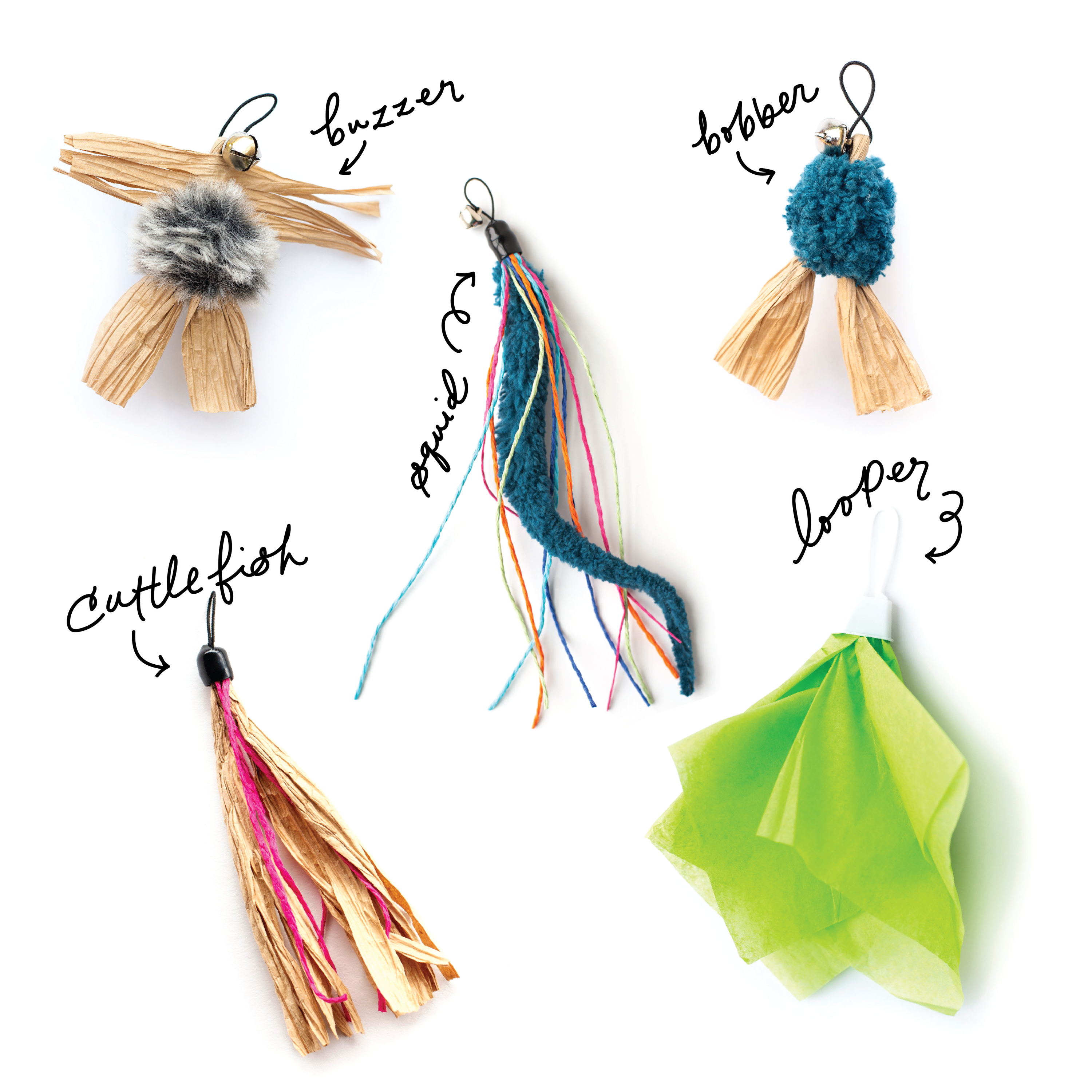Paws Need Claws For Cats to Live Normal Lives

Cats are the only animals who domesticated themselves. They noticed humans came with warm barns and tasty rodents, so they moved right in and became our four legged companions and pest management systems. Over the years, cats went from assistant pest manager to strictly Netflix and chill companions, but as they say, you can take the cat out of the wild but you cant take the wild out of the cat. Do they say that? Can't confirm. The point is, just because cats domesticated themselves, at the end of the day, they are still just that, cats. And with that comes all things associated with cats – their instinct to hunt, pounce, climb, mark, and yes, scratch.
As a result, many humans have made the choice to declaw their cats in an attempt to make them "less destructive" and this is where alarm bells start ringing in my head as a feline veterinarian: in our efforts to protect furniture and fingers, have we created a solution that causes more harm than good?
Before we dive into that question, let's get a baseline understanding of what "declaw" means. According to the American Veterinary Medical Association (AVMA), declawing is defined as "the surgical amputation of all or parts of a cats third phalanges, or toe bones, and the attached claw."

While we don’t know everything we need to know about the long-lasting effects of being declawed has on cats, can we truly, without a doubt say cats are “fine” afterwards?
From here on out, I'm going to refer to being declawed as a disability because that’s what it is. We are altering cats physical form in a way that leaves them disabled and unable to hunt, fight, protect themselves, or even play the way they want and need to.
There are some scientific studies on the subject of declawing but most focus on the short-term surgery itself: technique, pain management, mechanical effects, etc. and few dive deep into the mental and physical effects it has on our feline pals in the long run.
One study published in Journal of Feline Medicine and Surgery supports the negative long-term effects declawing has on cats and is one of the first of its kind to address these issues. My own beliefs about declawing are somewhat based on assumptions and observing cat behavior after declawing – this is no different than the assumptions veterinarians make when they suggest cats are “fine” after declawing. My preference is to err on the side of caution, that it might cause irreparable harm, rather than to assume otherwise. It is for this reason I have never declawed a cat in my career as a feline-only veterinarian.

Over the years and countless hours spent observing, playing with, and photographing thousands of cats, both with and without claws, this is what I've concluded: claws give cats balance, security, and stability when they run, jump, climb, pounce, and catch prey (or toys). They use their claws in all of their normal daily physical activities, and it makes me wonder how different it must be for an amputee. Without the benefit of claws, these kitties cannot grasp prey as easily, they are less stable on perches, are unable to climb normally, and are no doubt more insecure because of their disability. When playing with a toy like the Wiggly Ball, cats are able to hook the tail in midair with their claws. It is similar to how a cat would grab a bird attempting to fly away, or a mouse running into a hole. Declawed cats aren't able to do so.
When cat parents say their cat doesn’t play, one of the first things I check for is whether or not they are declawed. I firmly believe it is because they are missing a critical part of their anatomy, the thing that makes them able to hunt successfully. From an early age, it is possible these declawed kitties must have found playing to be frustrating, scary, maybe even painful. Consider how missing your fingers would impact your ability and desire to do the physical things you love doing.
Besides the physical aspect of having a disability, there is a mental component as well. Loss of balance, security, or agility could make cats feel more vulnerable, insecure, weaker and less likely to engage in playful activities. Their disability could certainly interfere with their fun. We as humans have more fun doing things we excel at. Why should we assume cats are any different? Is it possible that cats who don’t have claws to catch things in the air quickly give up on wand toys because it is frustrating? I imagine it’s like trying to play catch without opposable thumbs.
This picture of a cat with a plush cloud shows exactly how necessary claws are to hold onto the toy.

Knowing what I know about cat physiology and health, I'm inclined to believe declawed cats are less able to play normally, naturally, and successfully and is part of the reason they are overweight, depressed and lack the motivation to play.
Part of the fun of playing with the Hide and Sneak cat tunnel is scratching the paper and hearing it crinkle because cats love to shred paper. Declawed kitties still like to leave their scent on the paper by pawing at it, but they are unable to fully enjoy the experience of tearing it up. The same is true for scratching on scratch posts; declawed cats are hardwired to use them, but fail to achieve the full benefit of sinking those claws in and using the scratcher to stretch their back muscles and flex their toes. While we can't ever truly know if declawed cats are depressed about their deformity, I do know that as a veterinarian it depresses me to know they are disadvantaged, especially when it comes to playing.
This is partially why I designed a series of ring toys, specifically for declawed kitties to be able to attain some semblance of satisfaction when it comes to using their paws to hunt.
It is true that knowledge is power and key to making informed decisions when it comes to your cat’s physical and mental health. It also makes me hopeful to know there is growing awareness about the implications of declawing and we, as a whole, are moving to ban the practice globally. Some countries have been at the forefront of this movement including Finland, Switzerland and Germany to name a few. Domestically, there have been some cities and states to outlaw it, thanks to the efforts of the Paw Project, whose mission is to educate the public about the painful and crippling effects of declawing, to promote animal welfare through the abolition of the practice declaw surgery, and to rehabilitate cats that have been declawed.
There is no piece of furniture more important than the health and happiness of the little animal you’ve committed to caring for.
Share:
3 comments
-
my boyfriend found a kitten on the street that looked half starved and brought at home. I thought it was feral until I saw that it had been declawed. that means that someone in my town did this to a tiny little kitten and I am horrified. I’m a physician not a vet but certainly can picture the surgical procedure if it were to be done on a human being
ellen on
-
As a former veterinary technician and a cat lover, I want to thank you for this article. I was fired from my job in 2010 for attempting to educate cat owners about the adverse effects of declawing, and for posting photos of recovering declaw surgery patients on social media. My employer at the time was the only board-certified specialist in feline medicine in the entire southeast U.S., (I believe there are still only 2-3 in the region) and his words to me were (verbatim, because I’ll never forget): “If you don’t believe in declawing, you should be bagging groceries, not working in a veterinary hospital- not MY veterinary hospital!” I hope this illustrates- to you as well as to your readers- one small hint of the degree to which the veterinary industry in the U.S. has aggressively promoted declawing to clients while simultaneously sanitizing or outright hiding from them important facts about the degree of pain and trauma involved to their cats. This is why I am a staunch advocate for banning the procedure in all 50 U.S. states- because the industry has had over half a century to do the right thing and abandon this horrifically cruel and mutilating practice, but instead it still offers coupons for it. It asks if people want it done along with a spay or neuter surgery, as if they’re selling burgers and trying to add-on an order of fries. They’re not going to stop on their own. Education of cat caretakers and laws to restrain unethical professionals are both vital to put this stain on the veterinary profession into the dustbin of history where it belongs.
Lorelei K. Hickman on
-
…and in addition to all of the above, declawing is a major cause of abandonment/betrayal of cats to shelters, ACCs, Humane Societies, rescues and sanctuaries, and the streets due to litterbox “problems” associated with pain, and defensive biting. Cats aren’t vengeful beings. They will defend themselves as will anyone else in danger, and removing their claws leaves only one alternative besides flight: bite. A cat whose paws are painful are more likely to avoid the litterbox.
People who are not prepared to accept a cat as a CAT — a desert animal with sharp teeth and claws, a predator and also prey in the wild, with natural marking instincts, etc. — should never adopt a cat.jmuhj on








